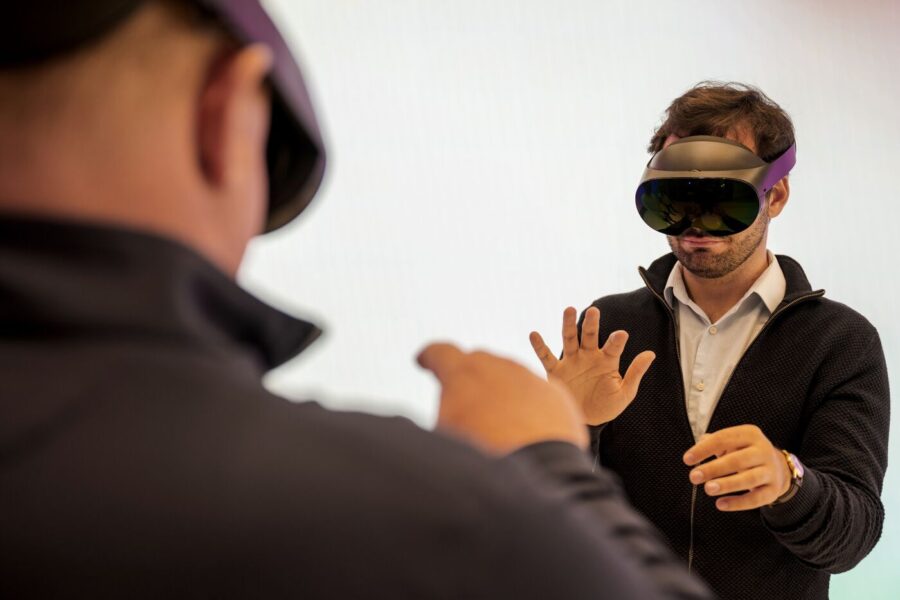The release of new gadgets is a rather difficult process. Companies can’t always predict which features and functions users will really like. This was the case with the launch of the Apple Watch, when the “smart” watch was initially positioned as a much more functional gadget than it later became.
This, of course, does not negate the fact that the Apple Watch is still capable of many functions. Over time, as it collected more feedback and real-world usage data, the company gained a clearer understanding of which features should be given more attention. These include, for example, vital signs monitoring, notifications and customized watch faces.
And as narrates Mark Gurman, Apple plans to take the same approach with its mixed reality headset.
The good news is that the company is preparing a lot of different features for the device and an expensive headset with an expected cost of $3,000 will be able to offer many functions from the first minutes of its existence.
“Apple plans to pack the headset with a variety of features — games, fitness services, even an app for reading books in virtual reality — and hope that buyers find something they like,” writes Mr. Gurman.
At the same time, the analyst posted a really large list of functions that the AR/VR headset will provide:
- Most of Apple’s iPad apps will be available in AR and VR. Among them: Books, Camera, Contacts, FaceTime, Files, Freeform, Home, Mail, Maps, Messages, Music, Notes, Photos, Reminders, Safari, Stocks, TV and Weather;
- The Wellness app will have an immersive interface, a greater emphasis on meditation with soothing sounds and a voiceover;
- Thousands of existing iPad apps in the App Store will also work in mixed reality with no additional or minimal changes;
- A new portal for viewing sports events and game broadcasts in virtual reality is planned, which Apple is focusing a lot of effort on;
- No less attention is paid to games, including top titles from third-party developers;
- The headset will be able to act as a virtual workplace with additional monitors for Mac, as well as serve for virtual meetings with realistic avatars for video conferencing;
- Freeform’s new app will get more tools for virtual reality and collaboration;
- Fitness+ will also be redesigned for the headset, although a similar version may appear with a slight delay;
- Watching movies can be supplemented with the opportunity to “immerse yourself in a virtual environment, for example, in the desert or in the sky”;
- There will be multiple ways to control the headset, including manual and visual, Siri, a connected keyboard, or controls from another Apple device.
Along with this, Apple counts on third-party developers. At the device launch, they will also be offered an SDK and headset simulator for Mac.
In this way, the headset will really interest users right away. And it is with the help of a large number of various functions that the company will be able to more accurately determine the popular use cases that will continue to develop the device.
But Gurman also notes that it will be necessary to decide quickly:
The big question is if Apple has enough time to go through all that before users potentially lose interest. Meta Platforms Inc. offers a cautionary tale. It lost consumers early on with an unclear vision, and there are reports of users relegating their Quests to nightstand drawers just months after purchase.
To avoid that fate, I expect Apple to quickly respond to the market’s demands. With the right price changes and hardware upgrades, a mixed-reality headset could be a key part of Apple’s future.





Loading comments …